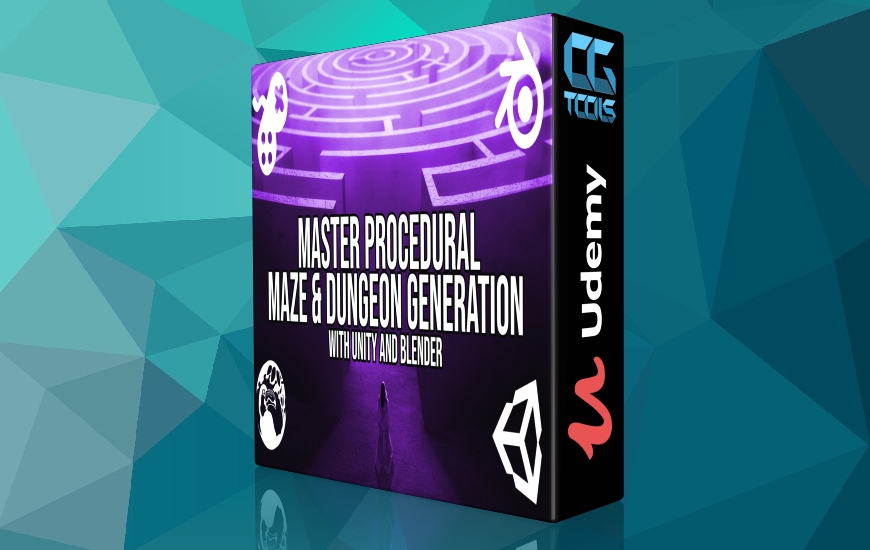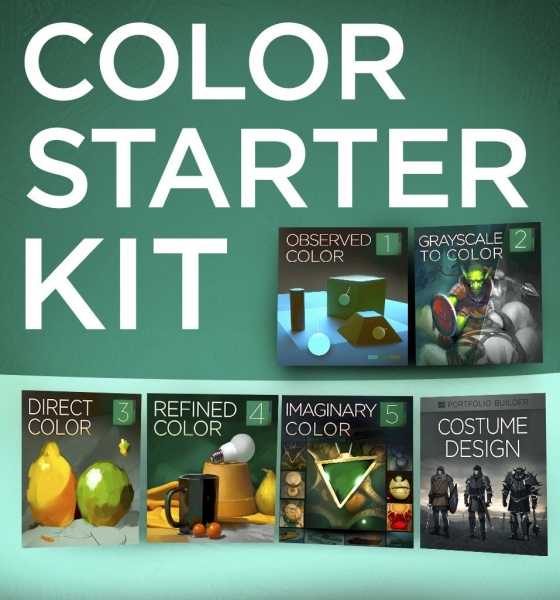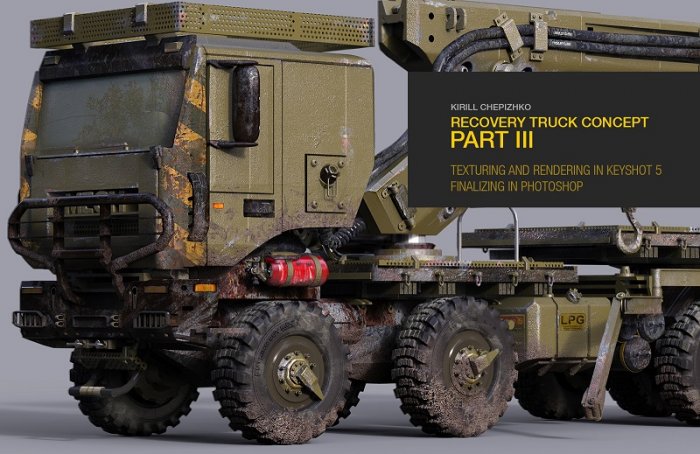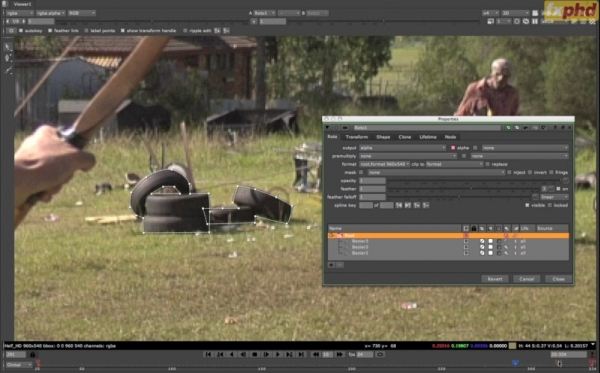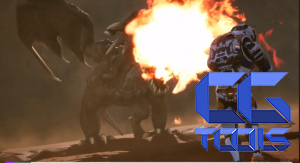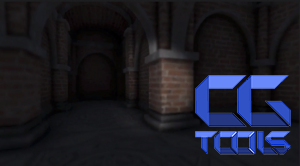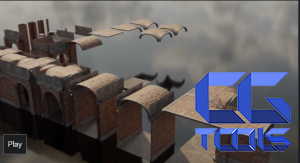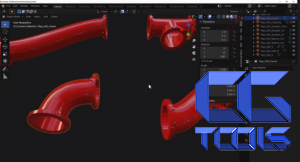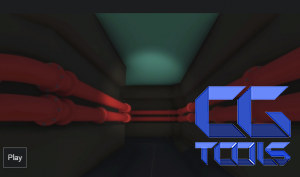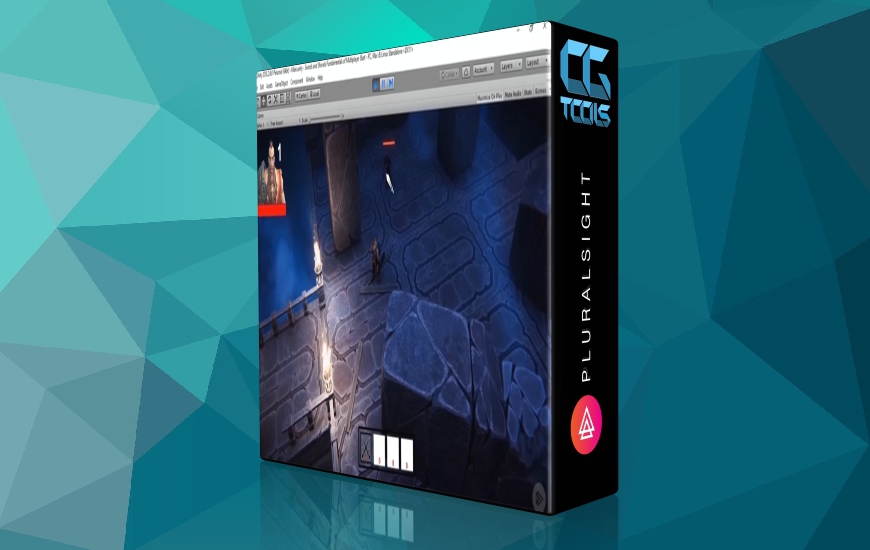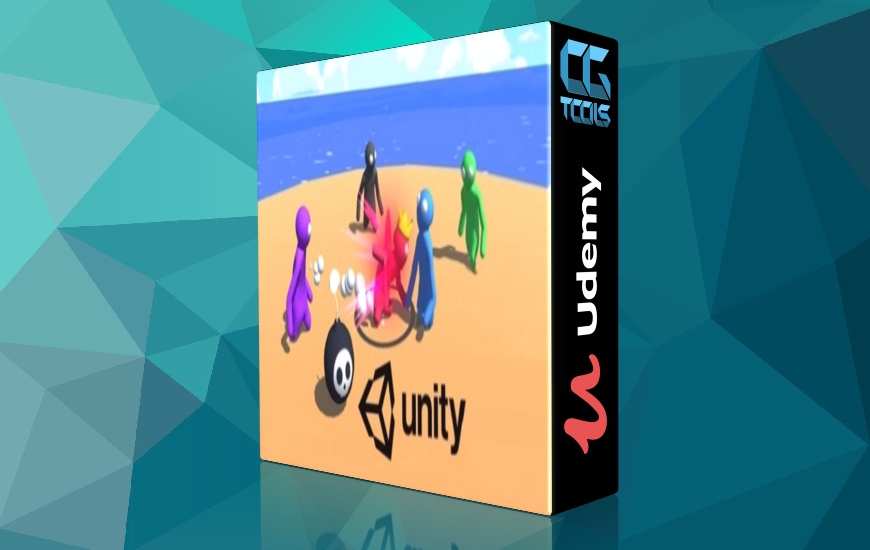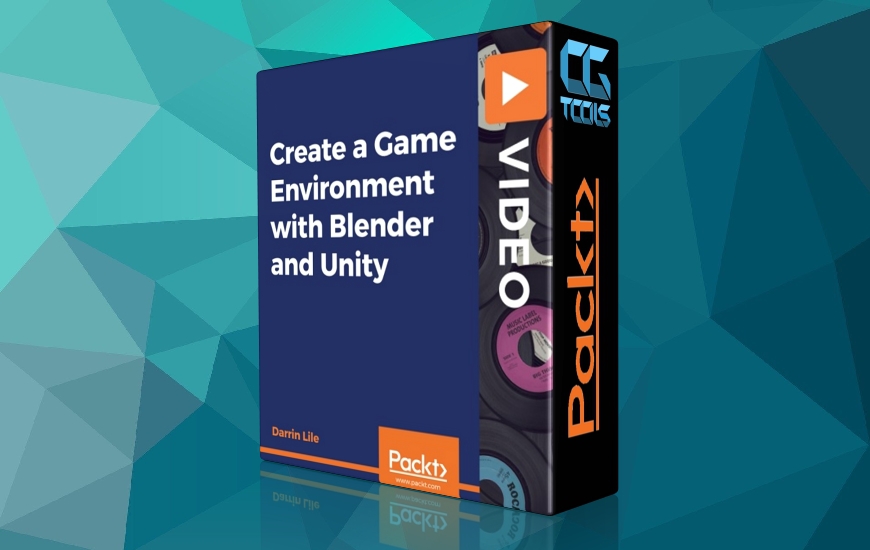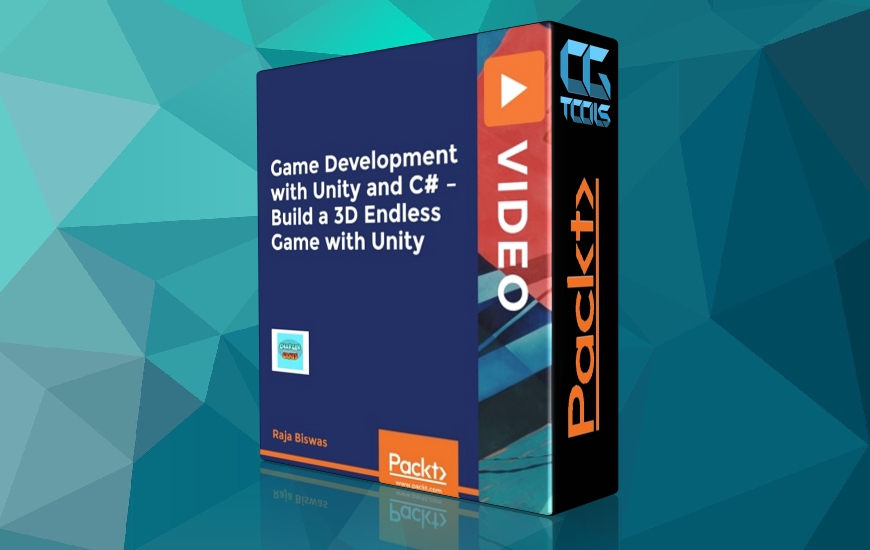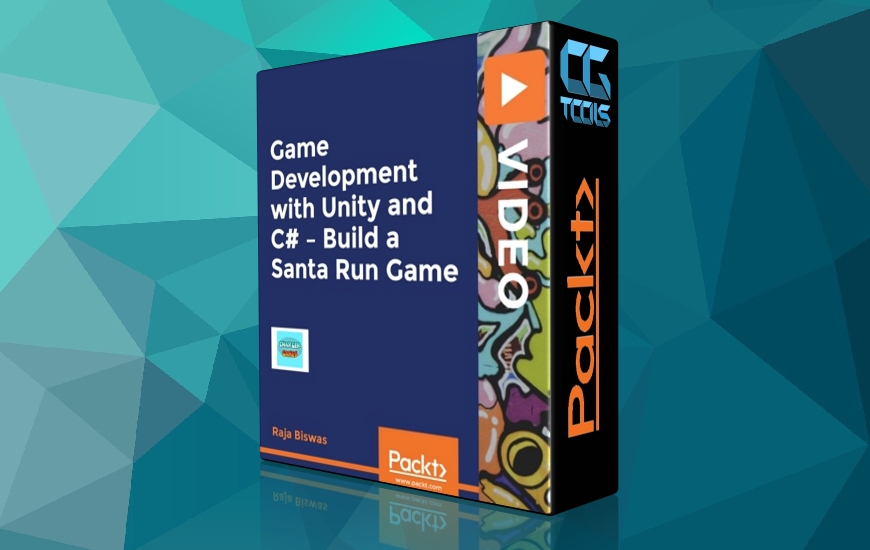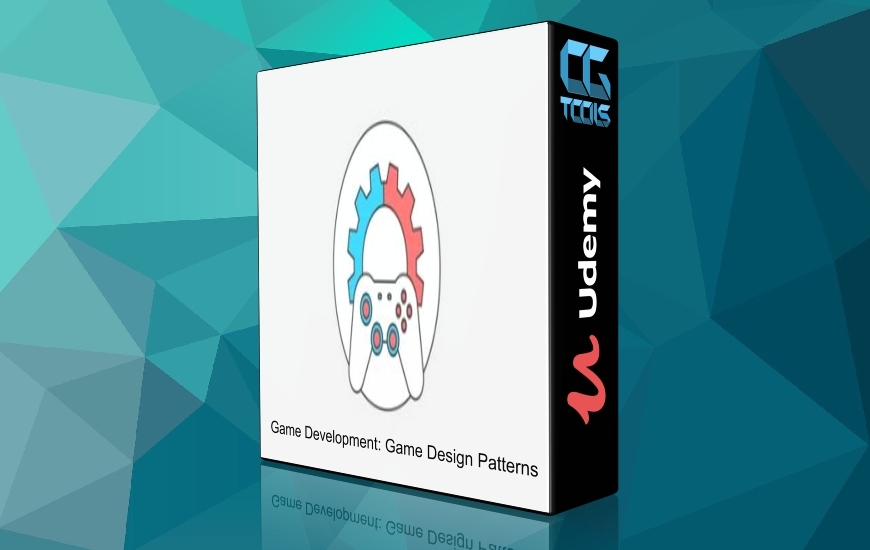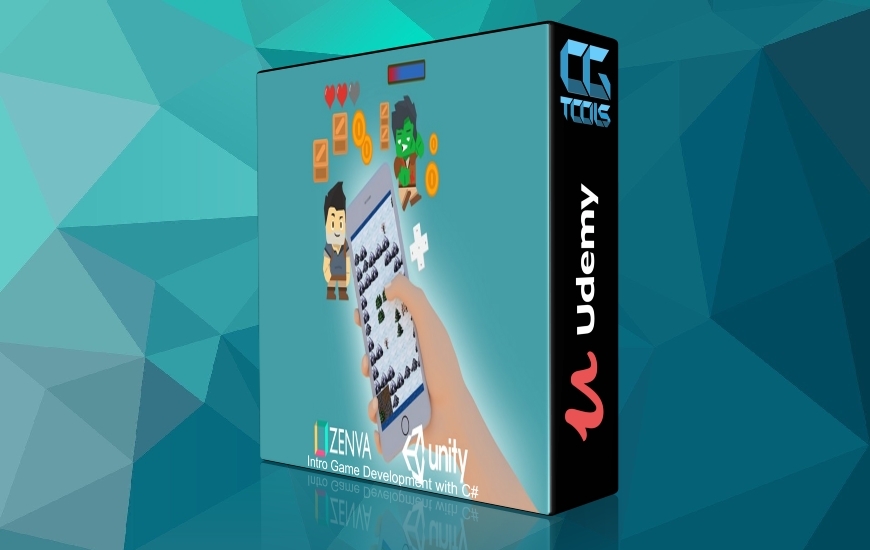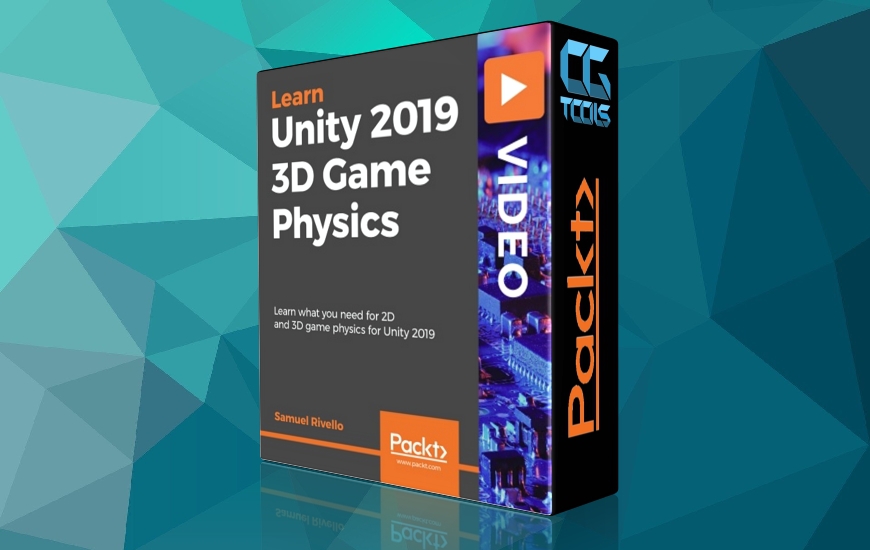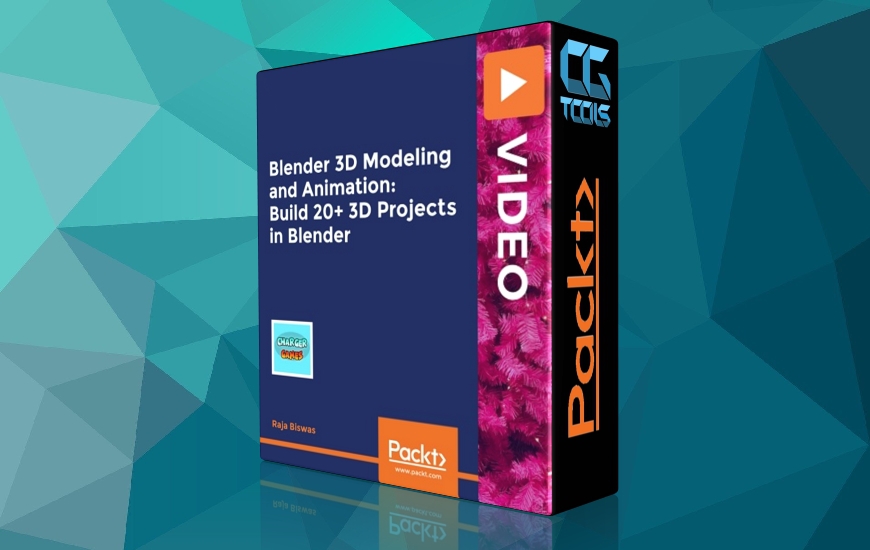![آموزش پیچ و خم ها و سیاه چال ها در بلندر]()
مهارت های ایجاد محیط بازی خود را با یادگیری خودکارسازی سیاهچال و تولید پیچ و خم با Unity & Blender تقویت کنید.
آنچه شما یاد خواهید گرفت
- نحوه ایجاد مدل های مدولار در Blenderکه می توانند در یونیتی به هم بچسبند و پیچ و خم ها و سیاه چال ها را تشکیل دهند.
- انواع الگوریتم های ایجاد پیچ و خم از خزنده های تصادفی ساده تا پیچ و خم های ریاضی کامل.
- چگونه مقیاس، جهت و موقعیت یک مش از Blender را می توان به Unity وارد کرد و با کد دستکاری کرد.
نیازمندی ها
- دانش آموزان باید درک اولیه از Blender و Unity داشته باشند.
- دانشآموزان باید به زبان سی شارپ آشنایی داشته باشند.
توضیحات
تولید رویهای در توسعه بازی، خود را به نسل الگوریتمی محیطهای منحصربهفرد ایجاد شده توسط رایانه و تجربیات بازی کمک میکند. این قدرت توانایی آن را دارد که به طور خودکار محتوای بازی را در لحظه توسعه دهد و میزان کار مورد نیاز طراح بازی را کاهش دهد. با این حال، برای اجرای چنین استراتژی، آمادگی بسیاری از سوی برنامه نویسان و هنرمندان ضروری است. درک کامل نقشی که هر دو روی سکه توسعه بازی (از لحاظ فنی/منطقی و هنر/طراحی) در تولید رویه ای ایفا می کنند، کلید اجرای موفق است. در این دوره، پنی و مایک تجربه منحصر به فردی را برای برنامه نویسان و هنرمندان به ارمغان می آورند و مهارت ها و سال ها دانش صنعتی و آکادمیک آنها را با هم ترکیب می کنند تا یک تجربه یادگیری جامع را برای شما به ارمغان بیاورند که در آن محتوا و تسلط گرانبهایی پیدا خواهید کرد.این دوره از Unity 2020.1 و Blender 2.9 استفاده می کند و با ویندوز و مک سازگار است.مایک با آموزش نحوه مدلسازی شش شبکه مدولار مجزا که میتوانند بهخوبی کنار هم قرار گیرند و یک ماز کامل ایجاد کنند، به شما آموزش میدهد. او شما را از آنجا به قطعات ساختمانی برای یک سیاهچال میبرد، جایی که هر ماژول با زیرمجموعهای کوچکتر از مدلها ساخته میشود که میتوانند برای سرعت بخشیدن به جریان کار طراحی و تولید داراییهای بازی، ترکیب و مطابقت داده شوند. مجموعهای از قطعات فاضلاب را با لولهکشی ایجاد میکنید که برای ساختن یک پیچ و خم به هم میچسبند و بعداً عناصری با بافت آجری برای تعریف یک سیاهچال ایجاد میکنند. هر مدل پس از تکمیل برای استفاده در یونیتی آماده می شود.پنی شما را از طریق تمرینهای متعدد در موتور بازی Unity هدایت میکند که منطقی را بررسی میکند که قطعات مدل مدولار را با استفاده از جادوی هندسه و ریاضیات به هم میچسباند تا مجموعهای بینهایت از امکانات پیچ و خم و سیاه چال را تشکیل دهد که شایسته هر بازیکن مشتاق بازی سه بعدی است. او قطعاتی را که با مایک در بلندر میسازید میگیرد و از طریق الگوریتمهای مختلف تولید پیچ و خم کار میکند تا امکانات را به شما نشان دهد، از محیطهای بسیار تصادفی گرفته تا پیچ و خمهای کامل که یک نقشه کامل را طی میکنند. او همچنین با استفاده از الگوریتم A* برای مسیریابی و انتخاب زیرمجموعه های قابل عبور از یک هزارتو یا سیاه چال کامل، برای ایجاد سیاه چال هایی با اتاق های مختلف و راهروهای به هم پیوسته قبل از کاوش در نقشه های چند سطحی، همکاری خواهد کرد.در پایان این دوره، شما یک مجموعه ابزار چند رشته ای از مهارت ها خواهید داشت که به شما برتری را نسبت به دیگرانی که "فقط برنامه نویس" یا "فقط هنرمندان" هستند، می دهد. درک توسعه بازی که طراحی و منطق را از این منظر کاملاً ادغام می کند، برای تبدیل شدن شما به کالای ارزشمند در بازار کار یا آماده کردن شما برای اجرای یک عملیات مستقل بسیار مهم است.
این دوره برای چه کسانی است:
دانشآموزان سطح متوسط و توسعهدهندگان بازی که میخواهند پایه مهارتهای خود را به کار با هنر و کد گسترش دهند تا دنیای بازیهای منحصربهفرد را خلق کنند.
مشاهده توضیحاتــ انگلیسی
Enhance your game environment creation skills by learning to automate dungeon and maze generation with Unity & Blender.
What you'll learn
- How to create modular models in blender that can snap together in Unity to form mazes and dungeons.
- A variety of maze creation algorithms from simple random crawlers to mathematically perfect mazes.
- How the scale, orientation and position of a mesh from Blender can be imported into Unity and manipulated with code.
Requirements
- Students should have a basic understanding of Blender and Unity.
- Students should be have a working knowledge of C#.
Description
Procedural generation in game development lends itself to the algorithmic generation of unique computer-created environments and gameplay experiences. The power is in its ability to automatically develop game content on the fly, reducing the amount of work required by the game designer. However, a lot of preparation by the programmers and artists is necessary for such a strategy to be implemented. A thorough understanding of the role that both sides of the game development coin (of technical/logic and art/design) play in procedural generation is key for a successful implementation. In this course, Penny and Mike bring a unique experience to both programmers and artists alike and combine their skills and many years of industry and academic knowledge, to bring you a holistic learning experience in which you will find content and invaluable mastery.This course uses Unity 2020.1 and Blender 2.9 and is Windows and Mac compatible.Mike will start by teaching you how to model six separate modular meshes that can be put together perfectly to generate an entire maze. He will take you from there into building pieces for a dungeon, where each module is created with a smaller subset of models that can be mixed and matched to speed up your design workflow and production of game assets. You'll create a set of sewer pieces with pipework that snaps together to build a maze and later create the brickwork-textured elements to define a dungeon. Each model will be readied for use in Unity once completed.Penny will lead you through numerous exercises in the Unity game engine that examine the logic that will snap modular model pieces together using the magic of geometry and mathematics to form an infinite array of maze and dungeon possibilities, worthy of any avid 3D game player. She will take the pieces you create with Mike in Blender and work through a variety of maze generation algorithms to show you the possibilities, from very random environments to perfect mazes that traverse an entire map. She will also work with you to create dungeons with a variety of rooms and interconnecting corridors before exploring multilevel maps, using the A* algorithm for pathfinding and selecting traversable subsets of a complete maze or dungeon.By the end of this course, you will have a multidisciplinary toolkit of skills that will give you the advantage over others who are "just programmers" or "just artists". Understanding game development that tightly integrates both design and logic from this standpoint is critical to making you a valuable commodity in the job market or preparing you for running an indie operation.
Who this course is for:
Intermediate level students and game developers who want to extend their skill base into working with both art and code to create unique game worlds.
